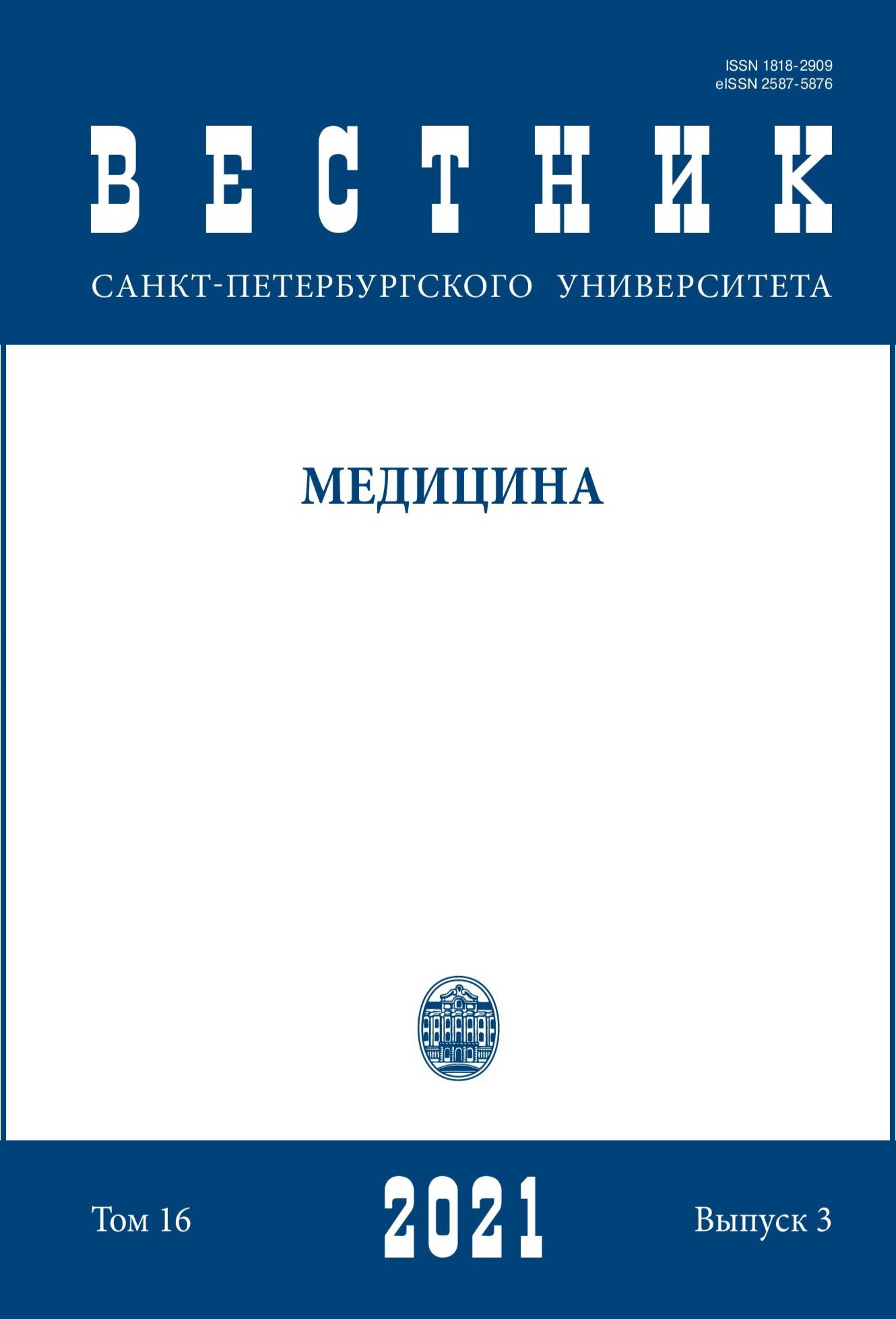CT-fusion-guided thoracic endovascular aortic repair: Case report and literature review
DOI:
https://doi.org/10.21638/spbu11.2021.305Аннотация
Interventional and hybrid methods of treatment, combining open surgical and endovascular repairs, are the most promising areas in the surgery of the thoracoabdominal aorta. Recent studies, however, have demonstrated that complex thoracic endovascular aneurysm repair (TEVAR) is one of the most high-dose endovascular interventions. In addition, TEVAR is associated with the use of a significant volume of contrast media (CM), which can lead to contrast-induced acute kidney injury (CI-AKI). The use of advanced imaging techniques and computed tomographic fusion (CT-fusion) in routine practice can potentially reduce operation duration, radiation exposure and CM volume usage. We analyzed the literature on CTfusion
in endovascular aortic repair and present a clinical case of a 50-year-old male with a history of concomitant blunt chest trauma. CT of the chest revealed an aneurysm of the arch and descending aorta after traumatic dissection of the aorta (IIIa DeBakey, type B Stanford), post-traumatic diaphragmatic hernia of the left dome of the diaphragm with stomach and intestinal loops prolapse. The patient underwent a staged hybrid intervention — subtotal aortic arch debranching followed by CT-fusion-guided semi-arch TEVAR. CT-fusion is a dynamically developing technology, may reduce the CM volume, the duration of the procedure and
radiation exposure and requires further research.
Ключевые слова:
aorta, aorta, endovascular aortic repair, aortic aneurysm, computed tomography, CT‑fusion
Скачивания
Библиографические ссылки
References
Загрузки
Опубликован
Как цитировать
Выпуск
Раздел
Лицензия
Статьи журнала «Вестник Санкт-Петербургского университета. Медицина» находятся в открытом доступе и распространяются в соответствии с условиями Лицензионного Договора с Санкт-Петербургским государственным университетом, который бесплатно предоставляет авторам неограниченное распространение и самостоятельное архивирование.




